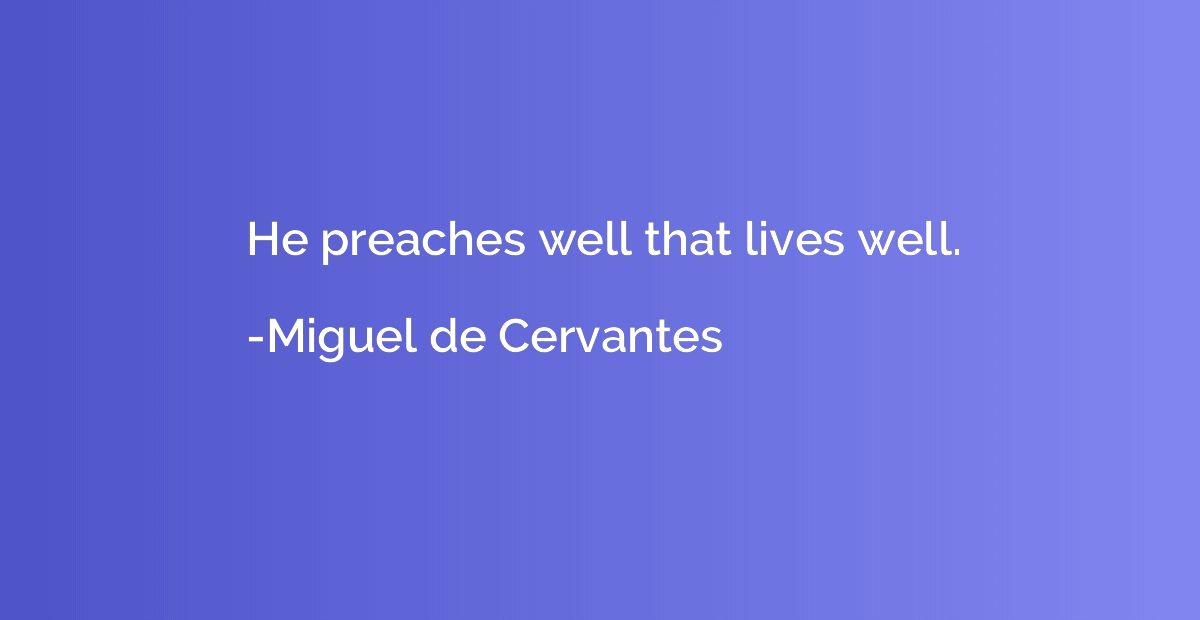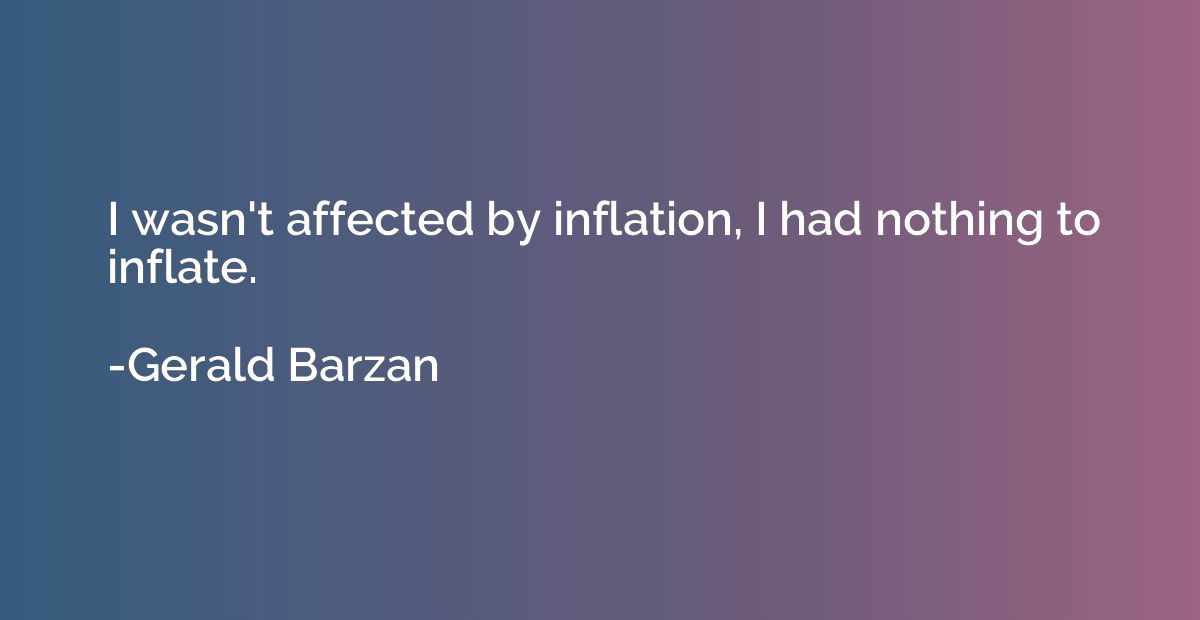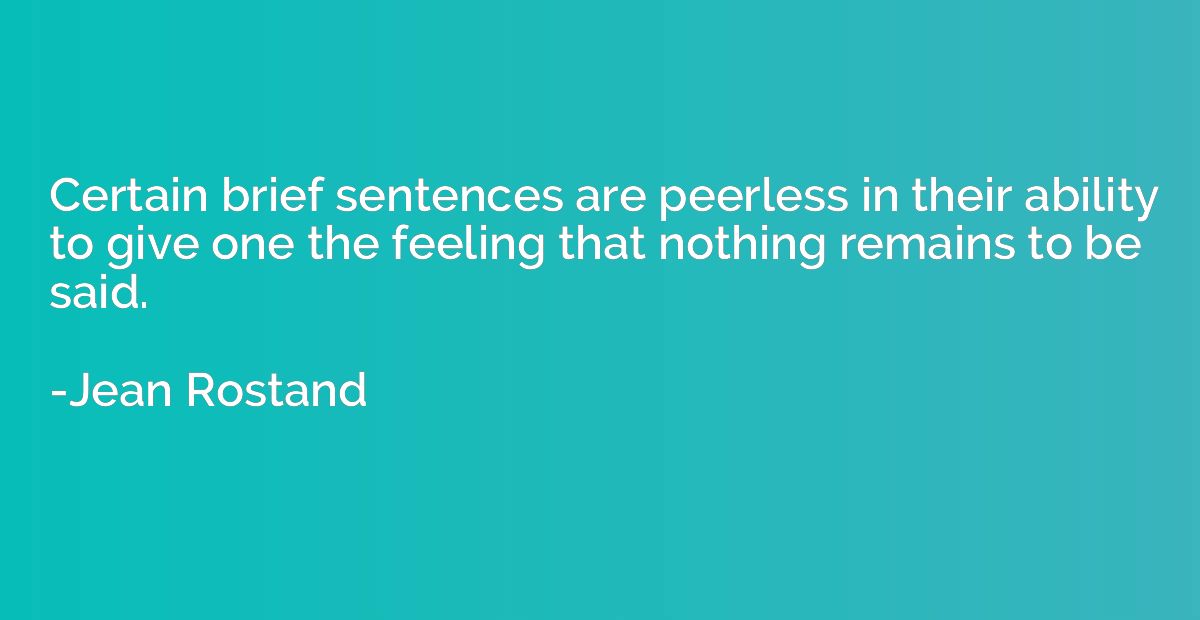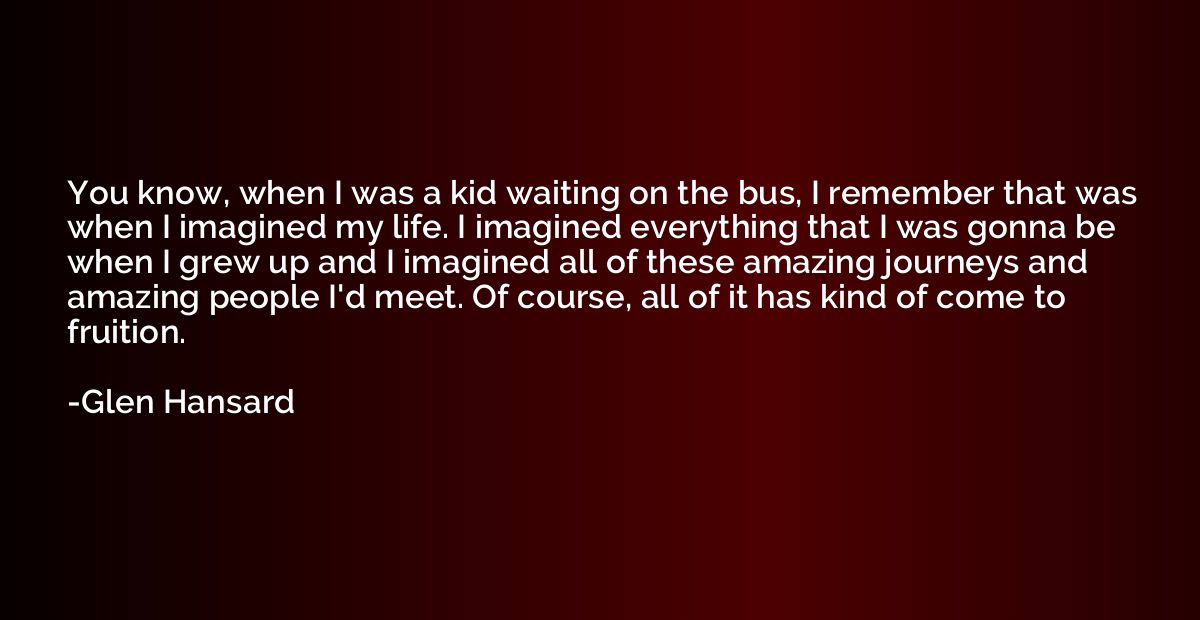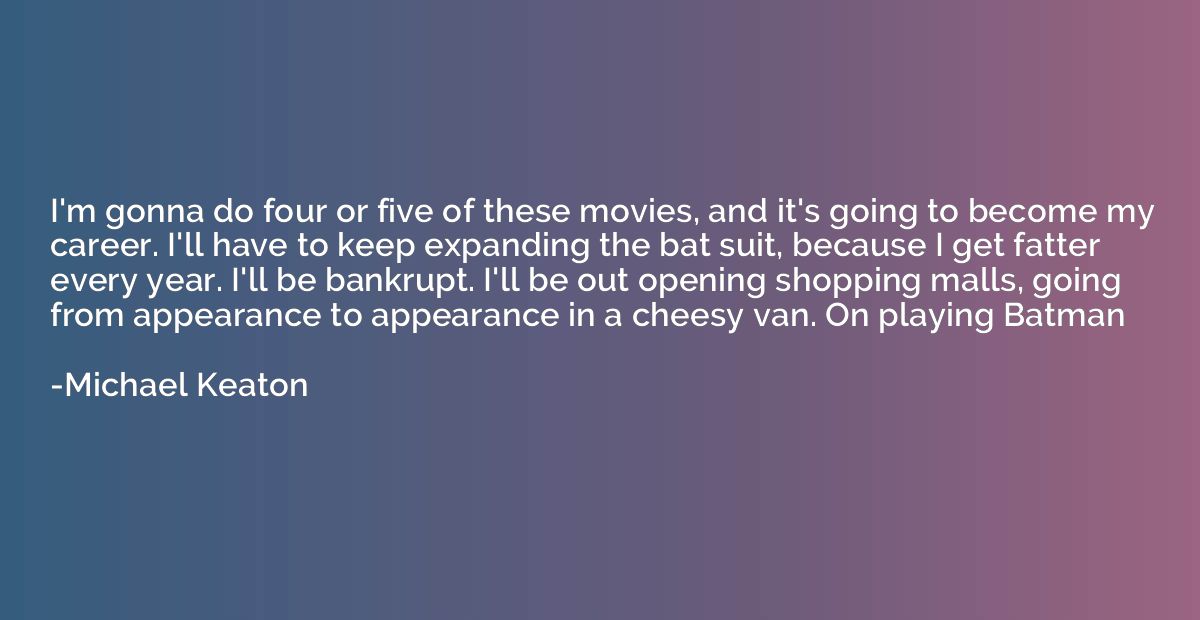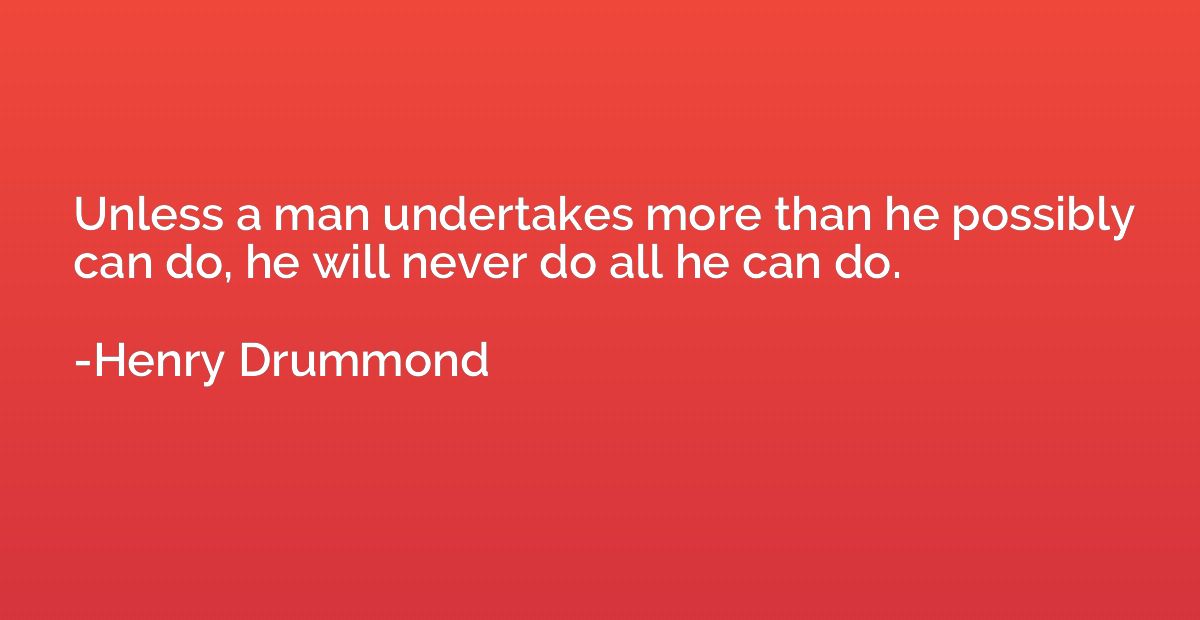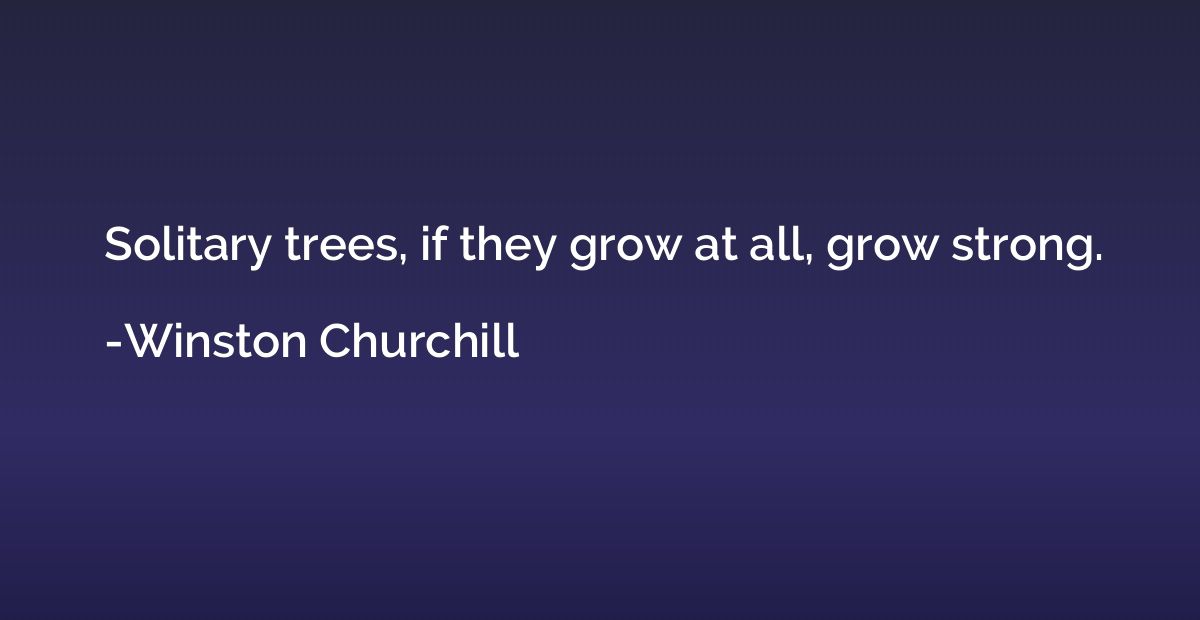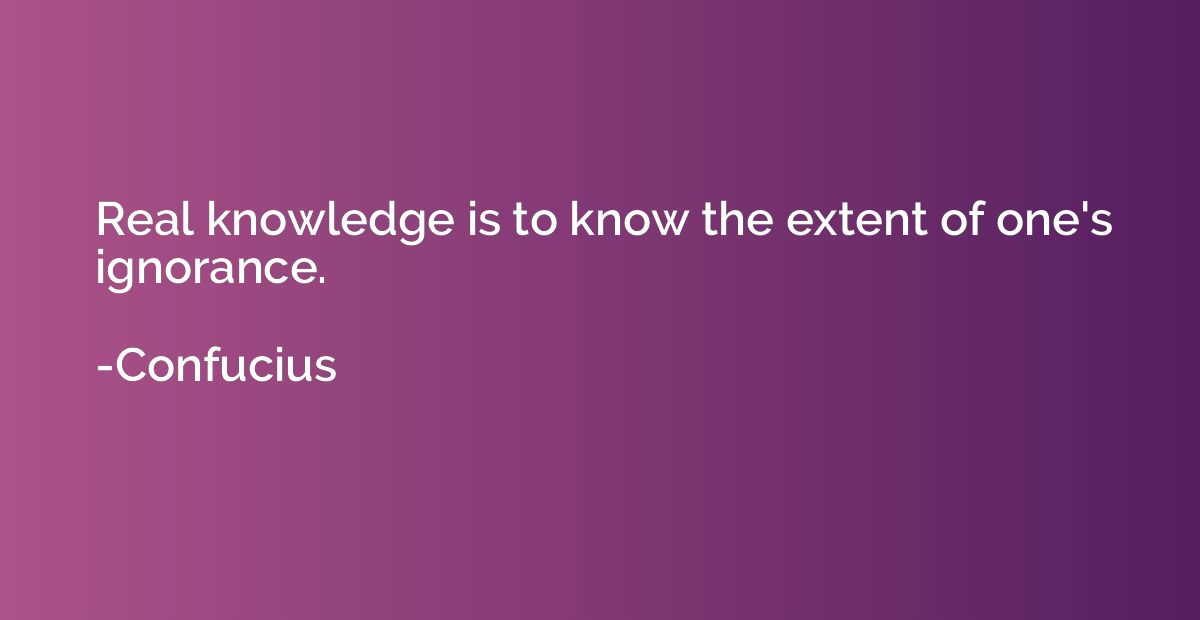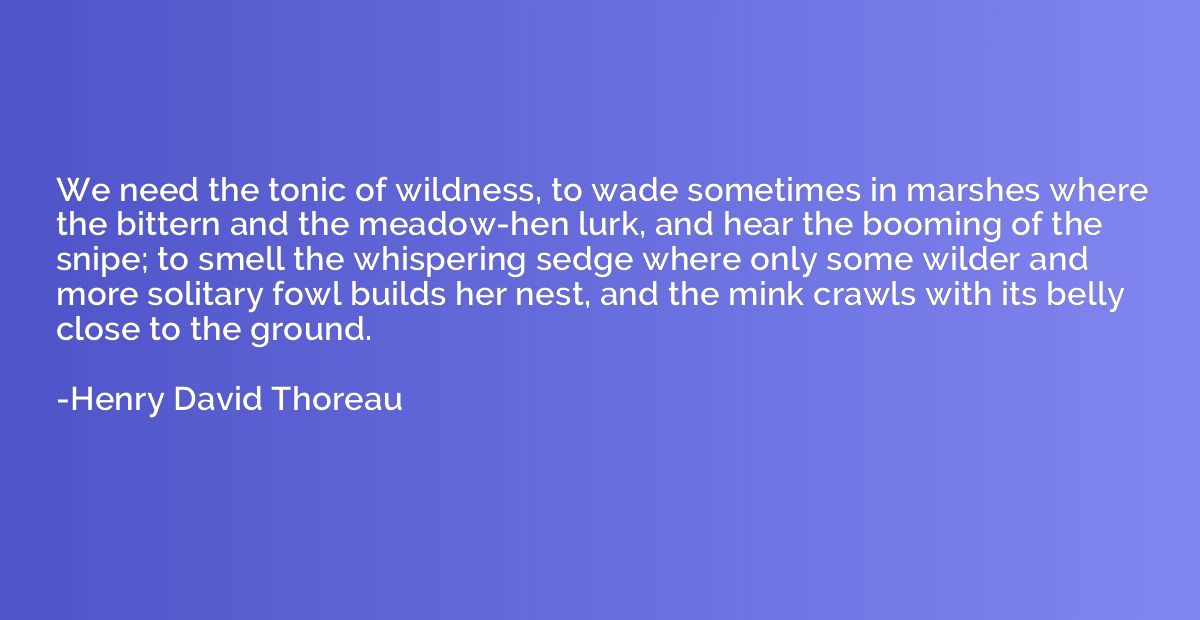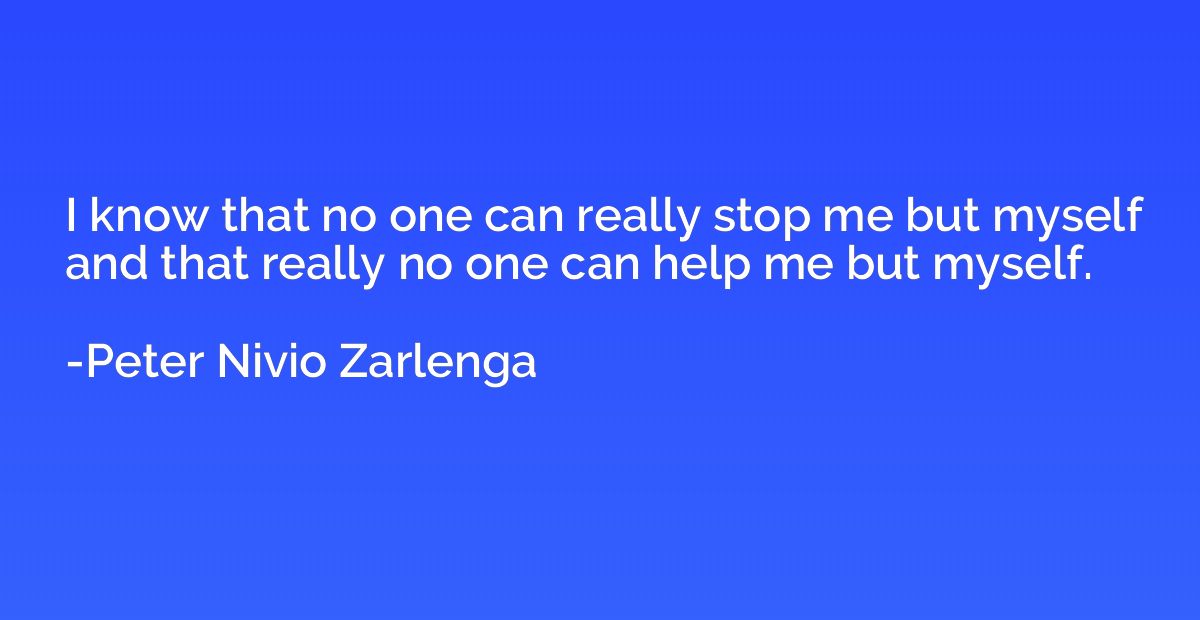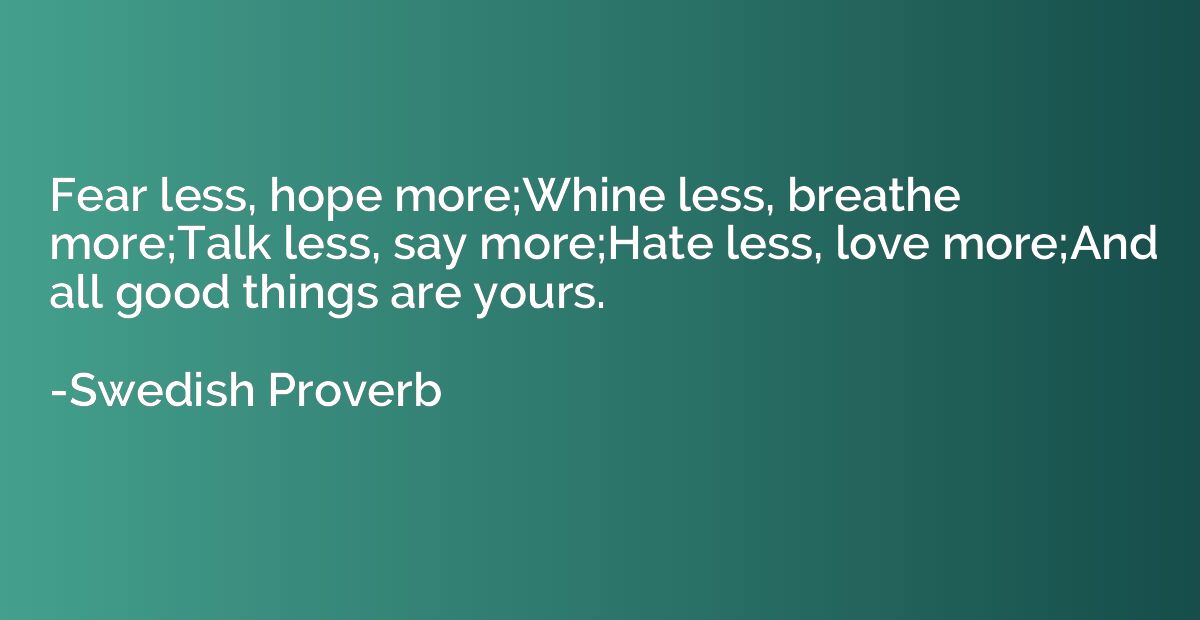Quote by John Frankenheimer
Historically the director has been the key creative element in a film and we must maintain that. We must protect that, in spite of the fact that there is new technology that's continually trying to erode that.
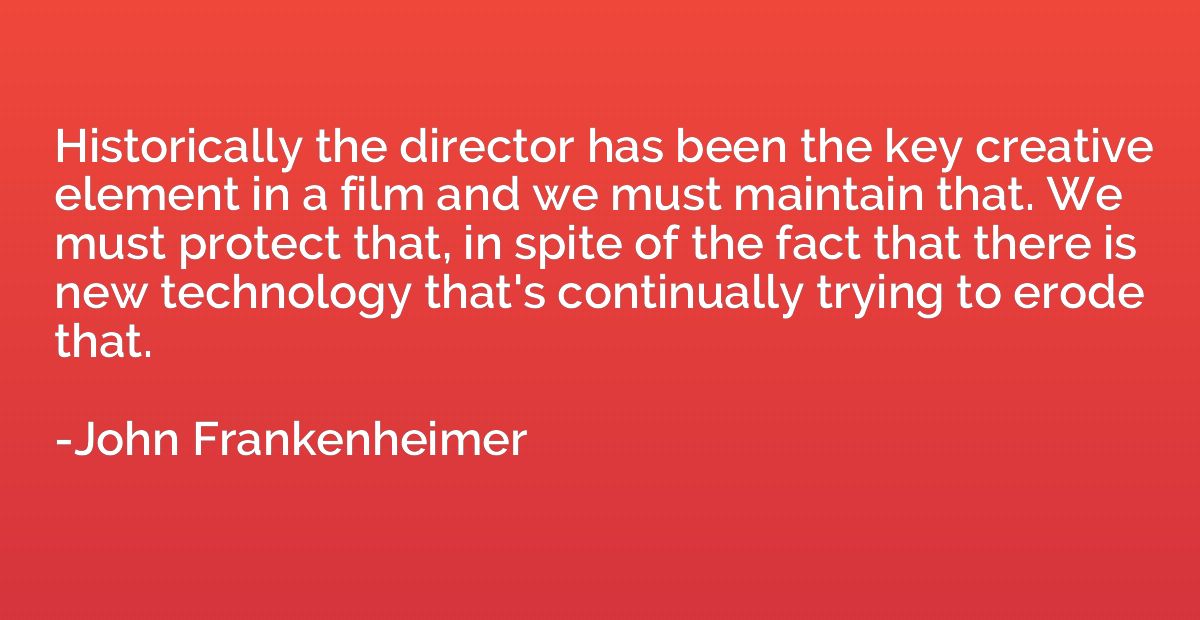
Summary
This quote emphasizes the crucial role of the director in the creative process of filmmaking. It stresses the need to preserve and safeguard the director's creative control, even with the constant advancements in technology that may pose a threat to it. It suggests that while technology can enhance the filmmaking experience, it should not overshadow the director's vision and their pivotal role in shaping the artistic direction of a film. The quote highlights the importance of recognizing and cherishing the director's contribution to the art form.



